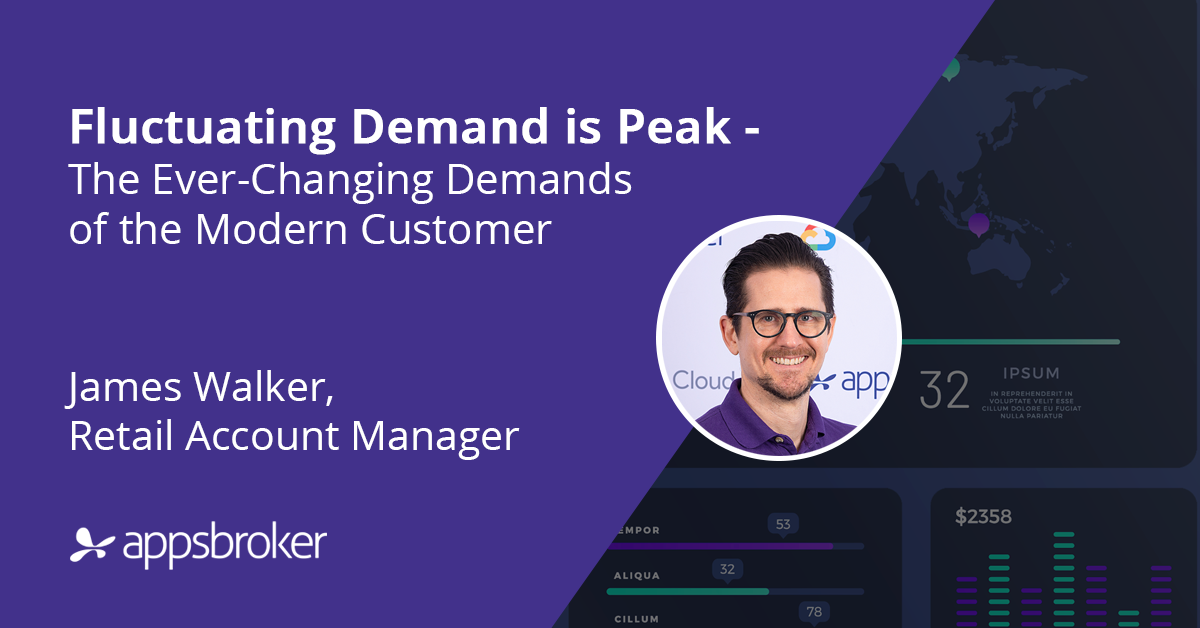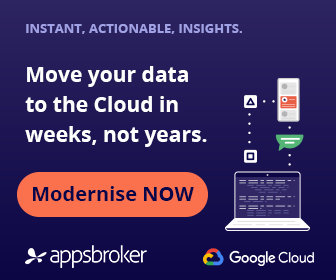Consumers are increasingly spoilt for choice. Your regular shopping spots aren’t dictated by mere convenience, but by preference-strong high street presence and particularly e-commerce has seen to this. As consumer habits continue to evolve, demand planning in retail is paramount for businesses to compete and survive.
Similarly, the way we learn of products and brands has changed. Moving beyond what was locally available (the aforementioned convenience), the public started to find new products through television, the internet and now social platforms. One of the key points in this changing means of trend development is not only the volume of channels that influence our purchases, but also the speed at which they impact.
Breaking and Making Trends
Many years ago when convenience was the primary driver, consumers may have been exposed to new product on a monthly or bi-weekly basis. Now, social and influential media personalities are exposing us to new brands continually; research indicates the number could run into the thousands.
Where this really gets interesting from a retailer’s perspective is the frequency at which new products can capture the target audience’s imagination. A given retailer doesn’t need to wait for consumers to hit the high-street to get exposure; new product launches can be visible within mere hours via paid search and sponsored social campaigns.
Scaling innovative, creative campaigns across multiple channels can see demand increase rapidly; think about the speed at which we’re all aware of Apple launching a new iPhone, or the John Lewis Christmas advert.
Download The Retailer’s Guide to Data Maturity to find out how we can help you expand your data capabilities, improve performance, and drive revenue on Google Cloud.
Trend Response and Demand planning in retail
Where it gets trickier for brands is when they’re not looking to grow demand, but when they need to respond. Again, through the virality of digital media, a trend can spread fast and wide, which creates demand. Responding during these regular, unforeseen peaks in demand can lead to significant revenue for retailers who understand and make themselves relevant to these growing trends before their competitors. Let’s take an example:
A highly influential media personality is pictured in a given garment (let’s say a red jacket) which spreads across the world, creating the latest ‘must-have’ item in minutes. With thousands of people looking for a similar item, these is a small window of opportunity for retailers to grab this surge in demand and monetise it. Having real-time access to data around online sentiment analysis to identify the breaking trend and seeing an increase in the views of jackets and red filter usage, the retailers can illicit that this demand equals traffic and potential sales.
Allocating the closest SKU they stock, the retailer blasts creative across Instagram and fires up paid search campaigns, translating this demand into sales. Within a few hours, the world has moved on the latest trend; red jackets are so three hours ago!
Survival of the Fastest
In the above scenario, the key to leveraging the demand was speed and access to data. Speed of linking changes in website browsing behaviour to viral news, finding a relevant product, defining relevant marketing responses and launching.
Whilst optimising this micro-trend may not be worth tens of millions, when this kind of peak in demand can happen on a daily, or even hourly basis, there is some serious business to be had.
What’s Next?
Well, it’s hard to say! When digital can mean a trend a second, it’s very difficult for retailers to predict what the latest craze will be; it could even be via a platform or channel we barely know of. What’s clearer, however, is that those with the speed of insight that identifies demand in real-time and an ability to execute are best set to succeed. No matter what tomorrow’s red jacket is.
Ready to unlock your data potential? Download The Retailer’s Guide to Data Maturity today to find out how we’re helping businesses drive innovation on Google Cloud.












